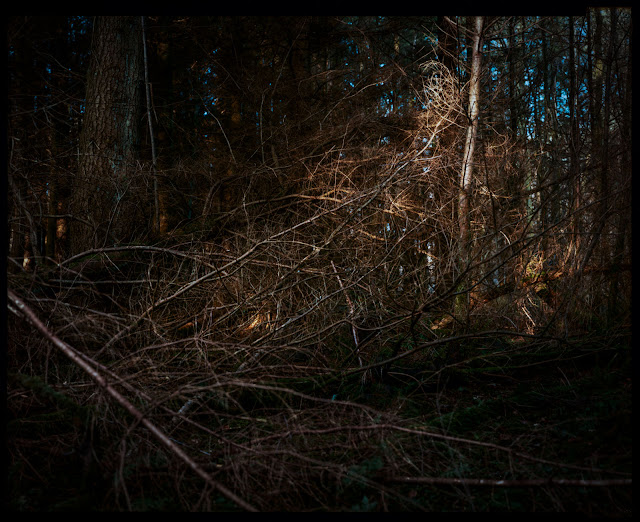Saturday, 28 March 2020
Wednesday, 25 March 2020
Tuesday, 24 March 2020
Saturday, 21 March 2020
I provide consultancy on Cultural Heritage Imaging.
Key services I can provide:
- Imaging Standards.
- Consultancy on how to meet Imaging Standards; Metamorfoze, FADGI and ISO19264.
- Developing in-house standards.
- Producing practical guidelines for meeting imaging standards.
- Advice on hardware and software for meeting imaging standards.
- Delivering training on meeting Imaging Standards.
- Colour management.
- Screen calibration.
- Device charicterisation.
- Testing colour accuracy.
- Colour space advice.
- Technical photography.
- UV Luminescence.
- Camera modification.
- View camera operation.
- X-Radiography.
- Equipment testing.
- Testing device MTF/SFR.
- Testing tone response / linearity.
- Testing colour accuracy.
- Testing noise levels.
- Testing illumination uniformity.
- Testing for geometric distortion.
- Equipment Procurement and Optimisation.
- Advice on imaging equipment refreshes or fit-outs.
- Advice on imaging studio environment, layout, design, lighting.
- Advice on equipment procurement for projects.
- Developing Workflows.
- Designing workflows for a range of projects.
- Advice on workflow automation and software solutions.
- Quality Management.
- Designing QA checks for imaging.
- QA training and demonstration.
- What targets to use?
- What QA software to use?
- Lighting for 3D objects and Photogrammetry.
- Lighting for 2D flat objects.
- Transmissive object capture.
- Mosaic capture, registration and stitching.
- Advanced lighting techniques.
- Cross-polarisation.
- Raking Light.
- Photogrammetry capture and processing.
- Long-term digital file preservation.
I can provide consultancy, on-site training and written guidelines. I have provided Imaging Consultancy to a number of local and national museums, archives and libraries. Please get in touch for more details or to discuss a project/training need.
http://www.artandartefact.co.uk/
Friday, 20 March 2020
In June 2019 I left The Postal Museum for new challenges. I had a truly amazing time at The Postal Museum, spending just under three years there. When I started the museum itself was a building site and the Digitisation Studio within it was just an idea in the minds of a couple of people. It was then my job to push that idea and make it happen.
I couldn't be more proud of that studio, the work that was done there and the people who were part of it.
It's in very safe hands and i'm sure it will continue as a real centre for excellence in cultural heritage digitisation.
Thursday, 19 March 2020
In June 2019 I was part of an exciting project to produce an exceptionally accurate and high-resolution 3D scan of the Ashes Urn.
This was partly motivated by the Ashes Urn leaving its home at Marlebone Cricket Club, going on loan to State Library Victoria in Melbourne.
After several weeks of testing on a facsimile Urn, the Ashes came to The Postal Museum Digitsation Studio. I then had two days to capture it using Photogrammetry.
The challenge of creating a small and perfectly formed model really appealed to me - the small size, variable texture and glossy surface of the Urn all presented challenges for the capture.
The photographs were all made using a Phase One XF IQ3 100, which provided incredible resolution, but more importantly the XF's built-in automatic focus-stacking feature. Every 'single' photographs used to make the model was in fact made up of many many photographs; this meant that the entire urn could be captures entirely in focus with no issue of depth of field. All in all I made 6,146 photographs of the Urn over two days.
The next challenge was getting good surface geometry; being a highly-glossy ceramic object with rounded sides it was impossible to capture without some kind of specular reflections which would decrease the accuracy of the geometry and reduce the accuracy of the colour and tonal capture. The solution to this was to capture a mixture of very soft light photographs and some cross-polarised photographs. This mixture of normal reflected-light and reflected light photographs would then be aligned in Reality Capture and then certain aspects of the model were then made from either the normal and cross-polarised images, along with a bit of masking.
Thanks to Martin Devereux, then Head of Digital at The Postal Museum for all of the post-production work, especially masking images and batch focus-stacking. Thanks to Thomas Flynn of Sketchfab for making a roughness map and his help rendering the final object file. Huge thanks to the team at Marylebone Cricket Club for entrusting me and The Postal Museum Digitisation Studio with capturing the Urn.
You can read the full story on The Postal Museum blog here: https://www.postalmuseum.org/blog/the-iconic-ashes-in-3d/#
The facsimile of the Urn (MUCH less glossy than the real thing) captured with normal reflected light on the left, and cross-polarised light on the right.
Tuesday, 17 March 2020
Friday, 13 March 2020
Thursday, 12 March 2020
Monday, 9 March 2020
Sunday, 8 March 2020
Subscribe to:
Comments (Atom)


























